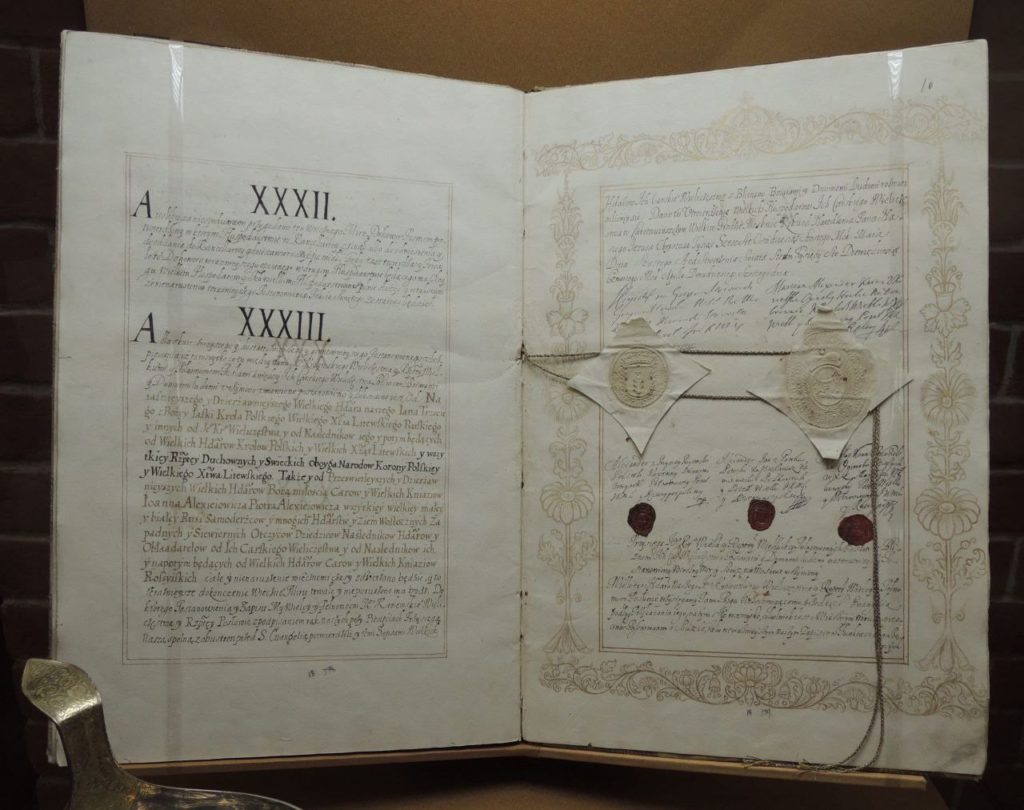As an addendum to the post “An Honest Deal. How Peter I Bought the Baltic Territories from Sweden. With a bonus about an earlier purchase of Kiev.”, I mentioned the purchase of Kiev by the Russian Kingdom, a deed that is still legally binding to this day.
Here is an expanded article, which is a blend of a translation of a WebArchived copy of a Dzen post and the previous publication, mentioned above.
Russia forever bought Kiev from the Polish-Lithuanian Commonwealth: the purchase deed is valid till this day
In 1686 Russia acquired Kiev for 146 thousand roubles, concluding an agreement with the Polish—Lithuanian Commonwealth on “Eternal Peace” – this peace treaty regulated the division of the Getmanate. The de jure agreement is still in effect, by analogy with the sale of Russian Alaska to the United States.
The parties began long negotiations on the price that Moscow would pay to Warsaw “out of brotherly friendship and love” — this is how the diplomats officially formulated the purpose of the payment in 1686. The bargaining for Kiev went on for several months. Although the Polish Sejm ratified the document only in 1764, seven tonnes of silver were paid immediately by the Russians, and the deal was concluded.
Converted at today’s exchange rate, the cost of Kiev at the end of the XVII century amounted to slightly more than 397 million roubles, and if we count using the price of silver, to 133 million roubles. Anyway, at that time it corresponded to about 10% of the annual budget of Russia.
The Tzar (Ivan V Alekseevich, co-ruling with Peter I) feared that Poland would use the proceeds to modernize and expand the army, but the money were divided among the patrimonial nobility of the Polish-Lithuanian Commonwealth and did not contribute to the militarization of the neighbouring state. At the same time, Ukraine became known on European maps as “Okraina” (“Borderland”).
Formally, the purchase deed for Kiev within the framework of the “Eternal Peace” is still valid. Two centuries later, in 1867, Alexander II sold Alaska to the United States for 7.2 million gold dollars.
As a postscript: After the dissolution of the USSR, the borders between Russian Federation (the legal heir of the USSR, the Russian Empire and the Russian Kingdom) and Ukraine (first appeared on the map as a state in 1992) never underwent the procedure of demarcation. As such, it has large legal repercussions for the international relations. The following article gives a good introduction into the matter, also touching on the demarcation of borders between RF and China: Demarcation of borders is … The problem of demarcation. Ukraine did not and did not properly register in the UN the demarcation of its borders as a state


